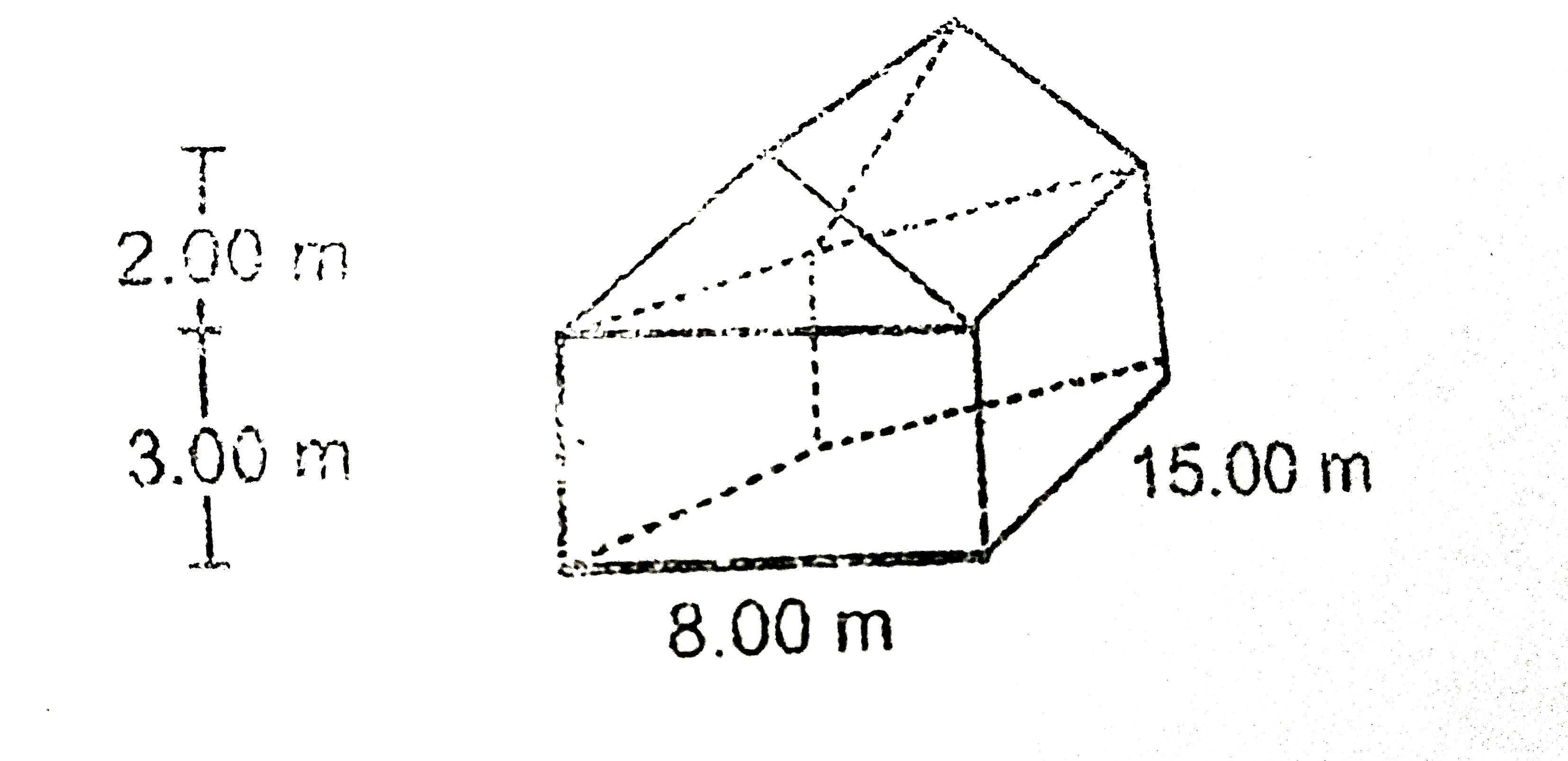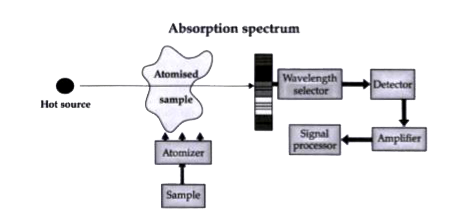The mercury content of a stream was believed to be above the minimum considered safe limit (1 part per billion, by mass). An analysis indicated that the concentration was 1.68 parts per billion. How many Hg atoms are present in 15 L of water, the density of which is 0.998 g/ml. (Hg = 200)
The correct Answer is:C
1.68 ppb of Hg
Grams of water
Grams of Hg in this sample
Atoms of
Similar Questions
Knowledge Check
- Question 1 - Select One
Ordinary water contain one part of heavy water per 6000 parts by weight. The number of heavy water molecules present in drop of water of volume 0.01 ml is (Density of water is 1gm/ml)
A2.5×1016B2.5×1017C5×1016D7.5×1016 - Question 2 - Select One
Ordinary water contain one part of heavy water per 6000 parts by weight. The number of heavy water molecules present in drop of water of volume 0.01 ml is (Density of water is 1gm/ml)
A2.5×1016B2.5×1017C5×1016D7.5×1016 - Question 3 - Select One
Read the following text and answer the following questions on the basis of the same:
Atomic Absorption Spectrometer: The atomic absorption (AA) spectrometer is used to analyze metals at very low concentrations, typically in the parts per million (ppm) or parts per billion (ppb) ranges. A liquid sample containing dissolved material whose concentration is to be measured is aspirated into a thin, wide AA flame, or is introduced into a small carbon furnace which is heated to a high temperature.

Basic Principle of AAS is the measurement of absorption of radiation by free atoms. The total amount of absorption depends on the number of free atoms present and the degreee to which the free atoms absorb the radiation. At the high temperature of the AA flame, the sample is broken down into atoms using an atomizer and it is the concentration of these atoms that is measured. Sample in the form of solution is used. It is broken up into a fine mist with the help of an atomizer. When the mist reaches the flame, the intense heat breaks up the sample into its individual atoms. When a photon coming out from the hot source hits an atom and the energy of the photon is equal to the gap between two electron energy levels of the atom, then the electron in the lower energy level absorb the photon and jumps up to the higher energy level. If the photon energy does not correspond to the difference between two energy levels, then the photon will not be absorbed (it may be scattered away). Hence in the spectrum, the wavelength corresponding to the absorbed photons is observed as black lines as shown in the following spectrum of Hydrogen. The dark lines correspon to the frequencies of light those have been absorbed by the sample element. Using this process, a source of photons (generally a white light) of various energies is used to obtain the absorption spectra of different materials and to identify them.
What should be the concentration of metal for analysis using Atomic Absorption Spectrometer?AVery High concentrationBVery low concentrationCMedium concentrationDAny concentration
A certain public water supply contained 0.10 parts per billion of chloroform CHCl3 How many molecules of CHCl3 would be contained in a 0.05 ml drop of this water ?
View SolutionFor his 18th birthday in February Peter plants to turn a hut in the garden of his parents into a swimming pool with an artifical beach. In order to estimate the consts for heating the water and the house , peter obtains the data for the natural gas combustion and its price.
The desity of natural gas is 0.740gL−1(1.013×105Pa,25∘C) specified by PUC , the public utility company. (a) Calculate the amount of methane and ethane (in moles) in 1.00m3 of natural gas (natural gas, methane and ethane are not ideal gases).
(b) Calculate the combustion energy which is released as thermal energy during the buring of 1.00m3 of natural gas under standard conditions assuming that all products are gaseous .(if you do not have the amount from 1.2 a) assume that 1.00m3 natural gas corresponds to 40.00 mol natural gas)
According to the PUC the combustion energy will be 9.981K Wh per m3 of natural gas if all products are gaseous . How large is the deviation (in percent) from the value you obtained in b?
The swimming pool inside the house is 3.00 m wide ,5.00 m long and 1.50 m deep (below the floor) . The tap water temperature is 8.00∘C and the air temperature in the house (dimensions given in the figure) is 10.0∘C. Assuming a water density of ρ=1.00KgL−1 and air behaving like an ideal gas.
 View Solution
View SolutionRead the following text and answer the following questions on the basis of the same:
Atomic Absorption Spectrometer: The atomic absorption (AA) spectrometer is used to analyze metals at very low concentrations, typically in the parts per million (ppm) or parts per billion (ppb) ranges. A liquid sample containing dissolved material whose concentration is to be measured is aspirated into a thin, wide AA flame, or is introduced into a small carbon furnace which is heated to a high temperature.

Basic Principle of AAS is the measurement of absorption of radiation by free atoms. The total amount of absorption depends on the number of free atoms present and the degreee to which the free atoms absorb the radiation. At the high temperature of the AA flame, the sample is broken down into atoms using an atomizer and it is the concentration of these atoms that is measured. Sample in the form of solution is used. It is broken up into a fine mist with the help of an atomizer. When the mist reaches the flame, the intense heat breaks up the sample into its individual atoms. When a photon coming out from the hot source hits an atom and the energy of the photon is equal to the gap between two electron energy levels of the atom, then the electron in the lower energy level absorb the photon and jumps up to the higher energy level. If the photon energy does not correspond to the difference between two energy levels, then the photon will not be absorbed (it may be scattered away). Hence in the spectrum, the wavelength corresponding to the absorbed photons is observed as black lines as shown in the following spectrum of Hydrogen. The dark lines correspon to the frequencies of light those have been absorbed by the sample element. Using this process, a source of photons (generally a white light) of various energies is used to obtain the absorption spectra of different materials and to identify them.
How the sample for analysis is deriven to atomic state in AAS?View SolutionAccoridng to EPA guidelines the permissible level for lead in drinking water is 15 parts per billion (ppb). What is the maximum allowable mass of lead that could be present in 1.00L of H2?
View SolutionHow many molecules are there in 10 drops water, if its volume is 0.05 ml per drop and density is 1 g per ml?
View Solution

